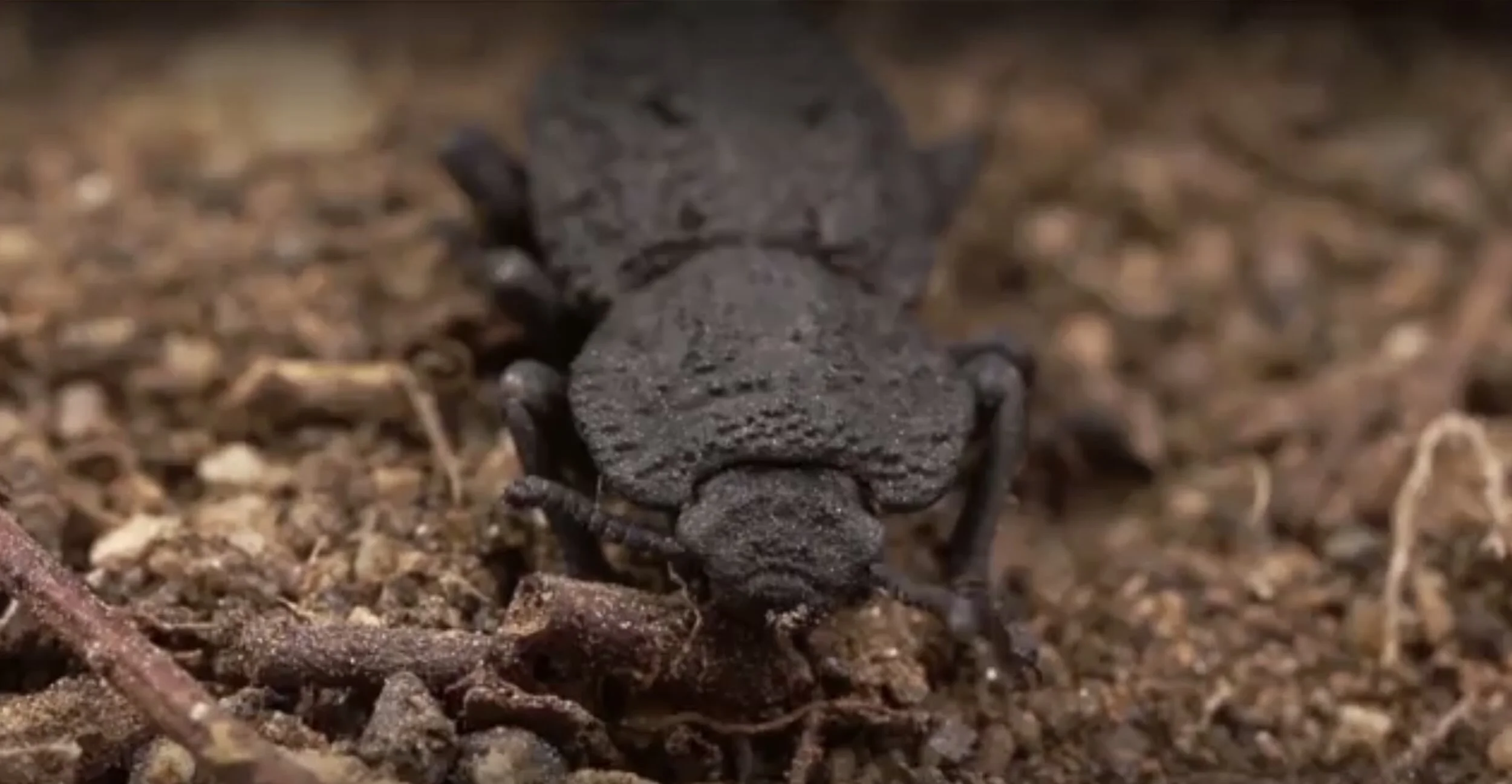Scientists wanted to be able to see what cells and diseases are doing inside our body on a cellular level, in real-time. A group of researchers developed a groundbreaking microscope to do this.
Image Credit: MriMan via Shutterstock - HDR tune by Universal-Sci
Researchers at the Dutch Advanced Research Center for Nanolithography (ARCNL) and Vrije Universiteit Amsterdam (VU), developed an advanced microscope capable of super-resolution microscopy trough an ultra-thin fiber.
Up until now, it was generally the case that the higher the resolution of a microscope, the larger the device needed to be, making it virtually impossible to look inside the human body in real-time. Although some methods that enable researchers to look inside living animals already exist, their resolution is very limited, and it takes a long time to generate an acceptable image.
With the use of smart signal processing, the researchers are able to beat the theoretical limits of resolution and speed. With this newly developed compact setup, scientists are finally able to, for example, look inside the brain in real-time and high resolution, using an ultra-thin fiber. Because the method does not require any unique fluorescent labeling, it is promising for both medical uses and characterization of 3D structures in nano-lithography!
Another bottleneck encountered with real-time microscopy in living biological tissue is data processing, as it requires a lot of data. The researchers found a solution for that as well.
As computer chips get smaller and smaller nano-lithography gets a more important role in semiconductor industries - Image Credit: Zapp2Photo via Shutterstock - HDR tune by Universal-Sci
Lyuba Amitonova, associated with the VU Amsterdam and founder of the research group on nanoscale imaging and metrology at ARCN, stated that the wavelength of light restricts imaging at the nanoscale. There are ways to overcome this diffraction limit, but those typically demand large microscopes and complicated processing methods. Due to their size, these systems are not suitable for imaging in deep layers of biological tissue.
Fundamental to Amitonova's approach is that not all information in a data sample is required to produce a meaningful image. According to her, more than 90% to 95% of the data can be removed. One might think of JPEG compression used in modern-day digital photography as a comparison. JPEG images are almost as good as the raw image files while producing significantly smaller data footprint.
The scientist began to look at whether they could solely capture the data that they needed discarding the superfluous data. In order to achieve this, they had to take a new approach to conventional microscopy.
An artist’s impression of the microscopic fiber capable of generating high resolution images on a cellular level. - A randomly speckled beam (green) from the fiber illuminates the entire sample (right) several times. - Image Credit: L. Amitonova
In traditional microscopy, samples are often illuminated point by point to create a picture of the entire sample. This takes a lot of time, as high-resolution images require many data points. The approach developed by the research team utilizes a thin fiber that produces a speckled laser beam that allows for illuminating many areas at once in a random manner. The multifaceted light returned by the sample is then obtained as a single data point, from which relevant information gets extracted by computation.
By only capturing only that which is necessary and since its working parts are minute in size, the microscope fits on a needle, making it less invasive. The results are groundbreaking and shatter the barriers of what was possible before. One can only imagine what medical discoveries will follow.
If you are interested in a more detailed explanation of the inner workings of this new device, be sure to look at the recently published article in the science journal: Light: Science & Applications linked below.
Sources and further reading: Endo-microscopy beyond the Abbe and Nyquist limits / BNR interview / Advanced Research Center for Nanolithography
Featured Articles:
If you enjoy our selection of content please consider following Universal-Sci on social media




















